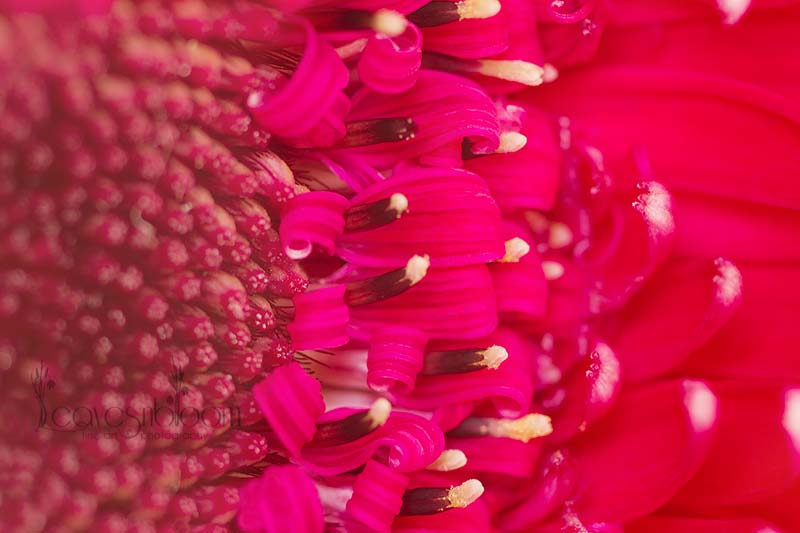 |
| Gerbera macro – Grow Fresh Air in Your Home |
Houseplants Give Out Moisture
Plants absorb the carbon dioxide, give off oxygen and also add about 90% of moisture back into the air again. This is good especially for allergy sufferers as airborne particles are suppressed by the moist air. Plus it helps to prevent the brown edges you sometimes see on the edges of foliage plants due to dry air in our centrally heated rooms.
1. Dry Air Solutions
2. What if you end up with brown edges on your foliage houseplant?
You’ll probably snip off the brown edges with a pair of scissors but recently I was given a tip by a UK orchid RHS gold medal winner who dips those cut ends into cinnamon powder (the one you’ll find in your kitchen cupboard) to prevent any more browning of that leaf. In the USA the Environmental Protection Agency have approved cinnamon as a minimum risk organic fungicide.
Leaves as Traps
Some of us that live in the countryside can keep the air flow nice and fresh in our homes with having the windows opened frequently. But that’s not the case if you live beside a busy road or in a built up area. Moreover no one really wants their windows open on a cold winter day!
 |
| Gerbera plants – good for cleaning the air in the home |
How To Grow Fresh Air In Your Home
Here are some toxins and the most effective house plants available in the UK for removing them from our homes.
Formaldehyde
This is found in carpets – especially rubber backed ones, chipboard, laminate flooring, underlay and MDF to name a few…
- Boston Fern
- Pot Chrysanthemums (poisonous if eaten or chewed by cats,dogs and horses)
- Gerbera
- Dwarf Date Palm
- Dracaena types (toxic to cats and dogs)
- Parlour Palm – Chamaedorea
- Rubber Plant Ficus elastica (toxic to cats)
- Ivy – Hedera helix (toxic to cats and dogs)
- Weeping Fig Ficus benjamina (toxic to cats, dogs and horses)
- Peace Lily – Spathiphylum (toxic to cats and dogs or other pets that might chew on leaves. It’s due to the insoluble calcium oxalates that sometimes you can see encrusted on the tips of the leaves.)
- Umbrella Plant – Schefflera types (toxic to cats and dogs)
- Spider plant – Chlorophytum comosum
- Devils Ivy – Epipremnum aureum (poisonous if eaten or chewed by pets and children)
- Anthurium (toxic to cats and dogs)
- Mother-law’s-Tongue Sansevieria trifasciata ‘Laurentii’ (toxic to cats and dogs)
Benzene
This is found in paints and varnishes and related paint products along with cigarette smoke and car exhaust fumes.
- Ivy (toxic to cats and dogs)
- Peace Lily (toxic to cats and dogs)
- Boston Fern
- Devils Ivy (poisonous if eaten or chewed by pets and children)
- Mother-law’s-Tongue (toxic to cats and dogs)
- Pot Chrysanthemums (poisonous if eaten or chewed by cats,dogs and horses)
Trichloroethane
This is found in inks, paints, lacquers and glue.
- Dracaena types (toxic to cats and dogs)
- Peace Lily (toxic to cats and dogs)
- Devils Ivy (poisonous if eaten or chewed by pets and children)
Xylene and Toluene
- Areca Palm
- Boston Fern
- Ivy (toxic to cats and dogs)
- Spider Plant
- Devils Ivy (poisonous if eaten or chewed by pets and children)
- Peace Lily (toxic to cats and dogs)
- Anthurium (toxic to cats and dogs)
- Parlour Palm
- Mother-law’s-Tongue (toxic to cats and dogs)
- Weeping Fig (toxic to cats, dogs and horses)
- Pot Chrysanthemums (poisonous if eaten or chewed by cats,dogs and horses)
- Dumb Canes – Dieffenbachia types (toxic to animals and children if chewed or if sap goes in eyes)
- Moth Orchids Phalenopsis
Ammonia
Found in many household cleaning products.
- Peace Lily (toxic to cats and dogs)
- Anthurium (toxic to cats and dogs)
- Pot Chrysanthemums (poisonous if eaten or chewed by cats,dogs and horses)
- Tillandsia
- Bilbergia
- Vriesea
- Aechemea
- Guzmania
- Phalenenopsis
- Dendrobium
- Zamioculcas
- Sedums
- Mother-law’s-Tongue (toxic to cats and dogs)
Houseplants as Natural Humidifiers
The following are the best plants to use as natural humidifiers:
- Cyperus – it can sit in water very comfortable
- Bamboo
- Asplenium
- Asparagus types (toxic to cats, dogs and children)
- Spider plant
- Umbrella plant (toxic to cats and dogs)
- Bougainvillea (mildly toxic to cats and dogs)
- Banana plant Dwarf Musa
Reducing Noise with Houseplants
Houseplants with a large leaf surface also absorb noise.
You will notice this particularly if you have laminate flooring or tiled or concrete flooring. Though you won’t notice the difference in carpeted areas to the noise levels. The best plants for absorbing noise in the home are:
- Weeping fig – as it has lots and lots of tiny leaves
- Banana plant Dwarf Musa
- Anthurium (toxic to cats and dogs)
- Philodendron | Pothos | Epipremnum (toxic to cats and dogs)
- Aspidistra
A few houseplants are not just pleasing to look at but good for your health too!


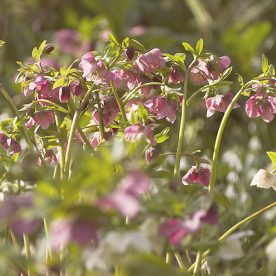
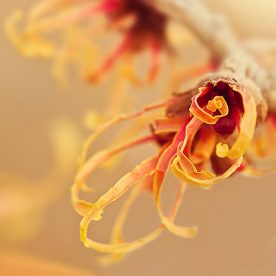
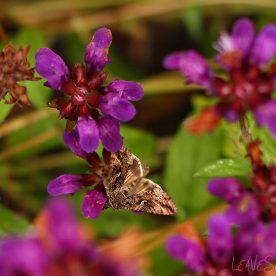
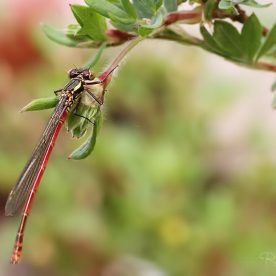
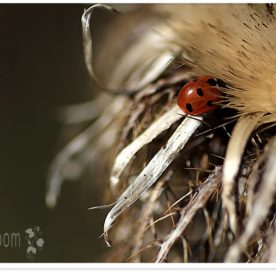
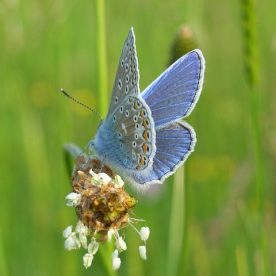
fairegarden
Thanks so much for this helpful information, Rosie! Those bad chemicals are really scary. Maybe someday they will find ways to not use them, but there will still be a need for plants inside, just to soothe our souls. 🙂
Frances